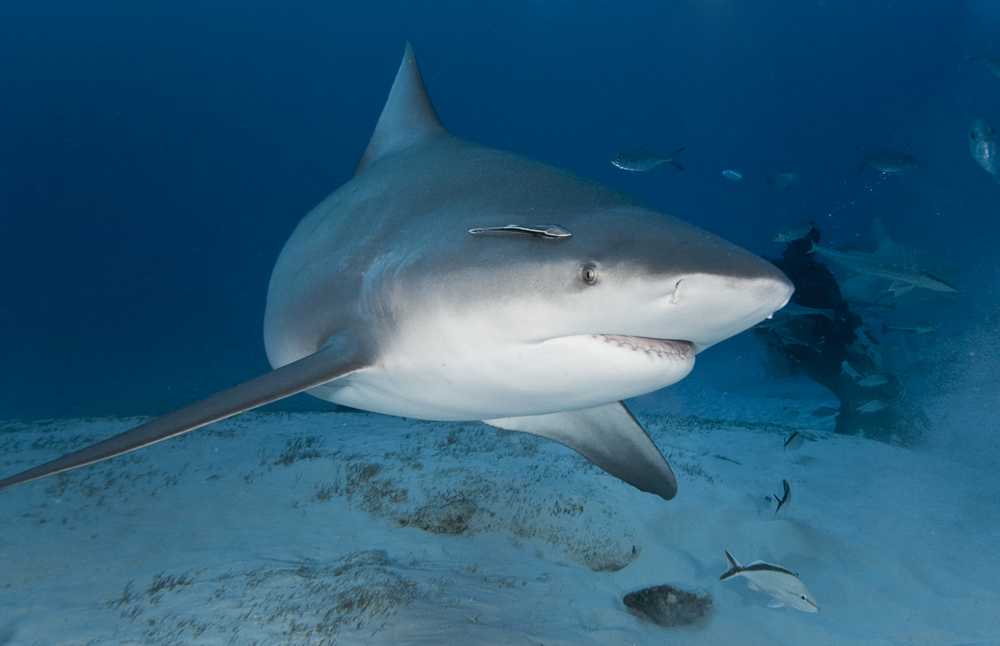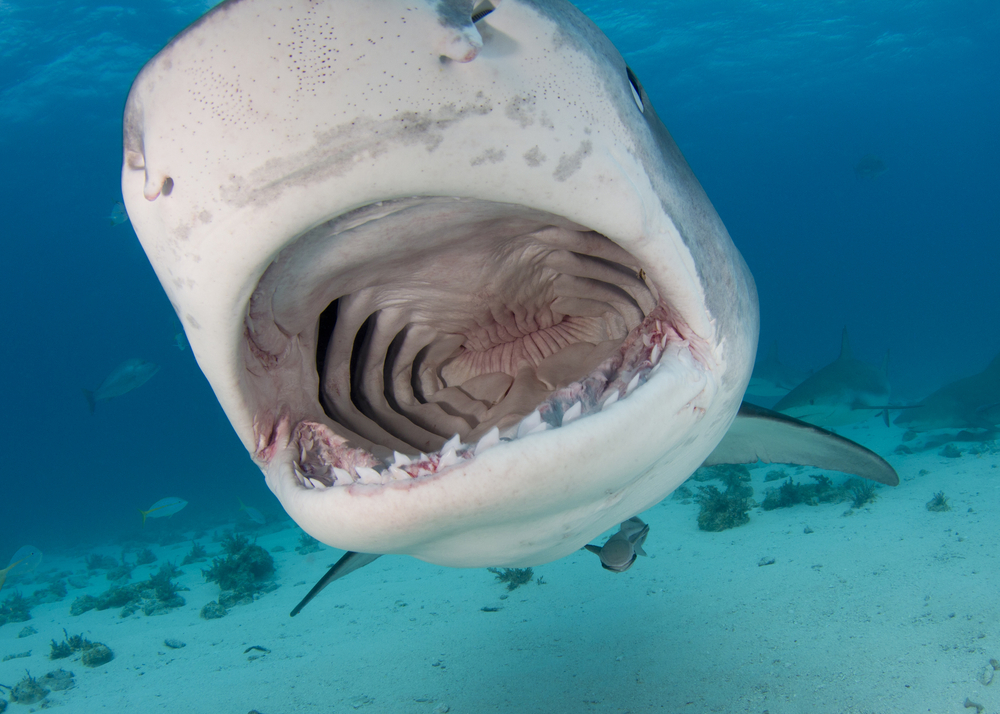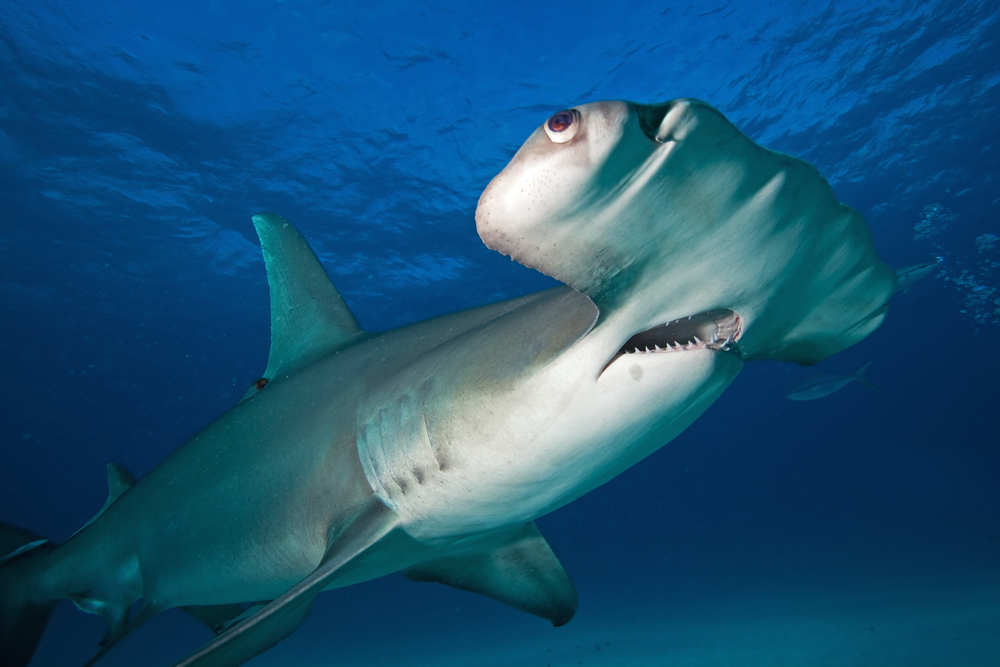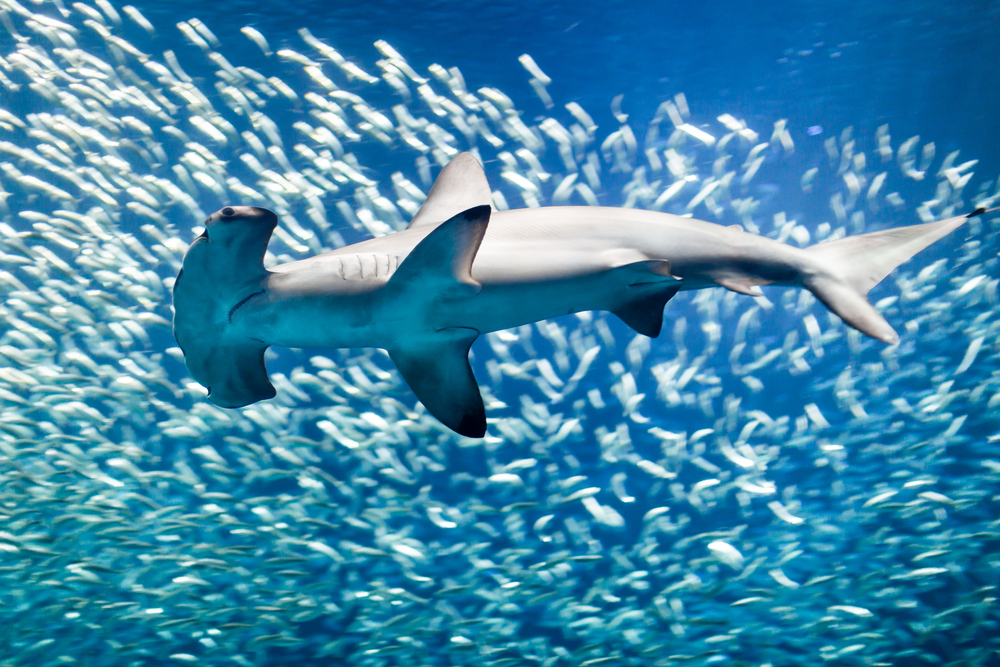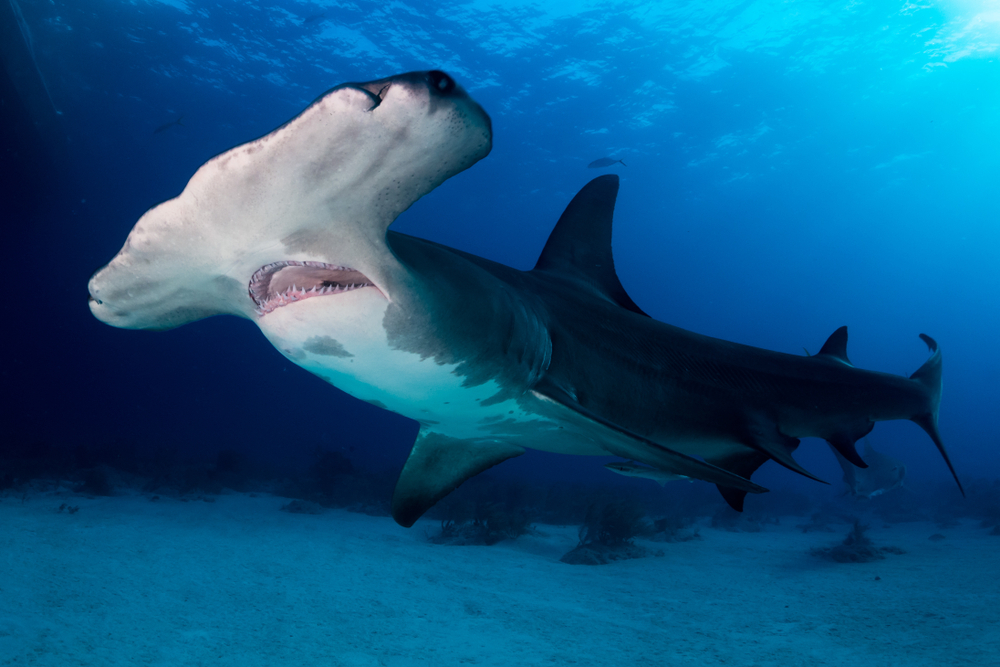Hammerhead sharks, like most shark species, are generally not considered dangerous to humans. These sharks are typically not aggressive toward people, and they are not known to be responsible for many attacks. However, as with any wild animal, interactions with hammerhead sharks should be approached with caution and respect.
Several factors contribute to hammerhead sharks being less likely to pose a threat to humans:
- Diet: Hammerhead sharks primarily feed on a diet of fish, rays, and smaller sharks. They are not known to consider humans as natural prey.
- Size: While some species of hammerhead sharks can grow to impressive sizes, their primary diet consists of marine animals that are more readily available in their habitats.
- Behavior: Hammerhead sharks are generally solitary animals or found in small schools. They do not typically exhibit the feeding frenzy behavior that some other shark species do.
- Remote Habitats: Hammerhead sharks are often found in deeper, offshore waters, where human encounters are less likely.
- Non-Aggressive Nature: Hammerhead sharks are not naturally aggressive toward humans and rarely exhibit the “hit-and-run” behavior associated with certain shark species.
Despite the low risk of danger, it is essential to exercise caution when in the presence of any shark. These wild animals can be unpredictable, and any form of interaction with them should be done under proper guidance and with a deep understanding of shark behavior and safety protocols. When encountering sharks in their natural habitats, it is crucial to respect their space and avoid behaviors that may provoke or stress them.




































































